When you think of deserts, what comes to mind might be an endless stretch of sand and a sun so harsh it feels personal. But, contrary to this arid stereotype, deserts are vibrant ecosystems teeming with life—a life that’s often more bustling and diverse than the urban jungle. From nocturnal creatures that stir when you’re already settled in bed, to flora that defies the odds with its resilience, these deserts pulse with a rhythm that cities sometimes envy. Join us as we explore some of the world’s most unexpected oases of life, each offering lessons in adaptation, survival, and the unexpected abundance that can thrive in seemingly barren lands.
1. The Sonoran Desert
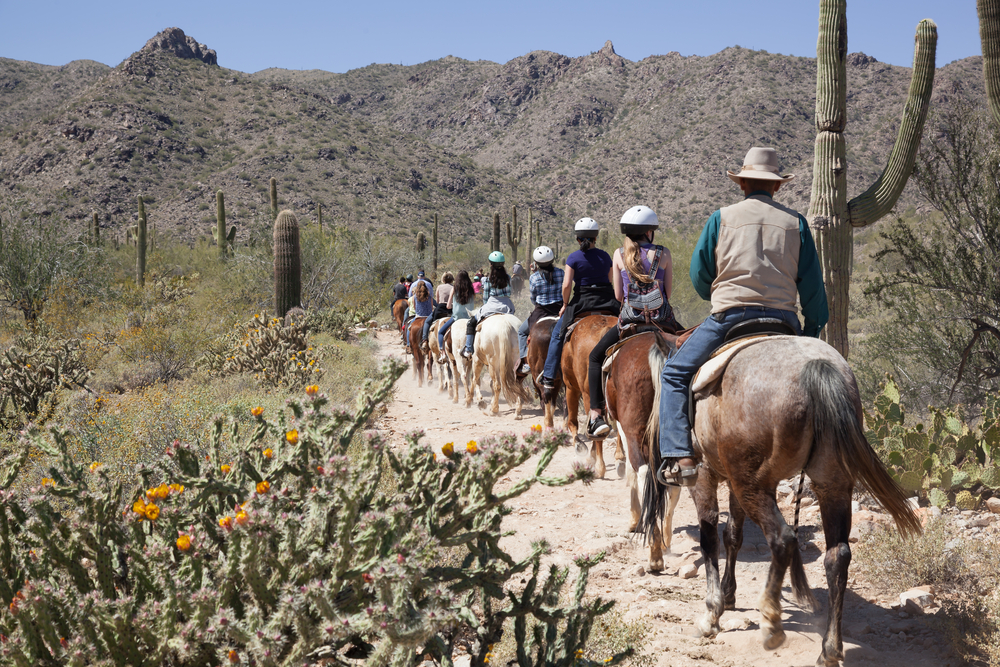
You might be surprised to learn that the Sonoran Desert, sprawling across Arizona and California, is one of the most biologically diverse deserts in the world. Unlike the concrete uniformity of many cities, this desert boasts over 2,000 plant species, including the iconic saguaro cactus, which stands like ancient sentinels watching over the land. The desert is home to a plethora of wildlife—from Gila monsters to roadrunners—that have ingeniously adapted to the harsh climate. Here, survival depends on a delicate balance, with each species playing a vital role in the ecosystem’s health.
According to a study published in Journal of Arid Environments, the biodiversity of the Sonoran Desert is key to its resilience against climate change. Researchers found that the varied plant life not only provides essential habitats but also influences weather patterns, which in turn affects the global climate system. This desert’s ecosystem is a testament to nature’s ability to adapt and thrive, proving that even in extreme conditions, life finds a way. You might say that cities could learn a lesson or two about sustainability from this tenacious landscape.
2. The Namib Desert
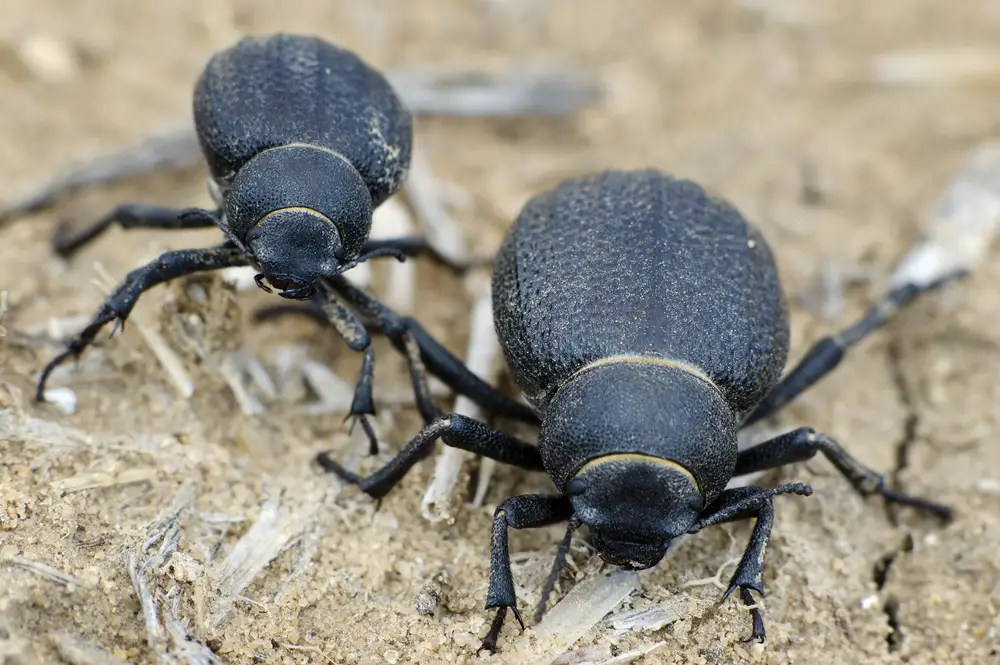
The Namib Desert, stretching along the coast of Namibia, is one of the oldest deserts in the world. It’s a place where dunes kiss the Atlantic Ocean, creating a surreal landscape that feels like something out of a dream. Unlike urban sprawls that often feel static, this desert shifts with the wind, constantly reshaping itself like an evolving work of art. Its sands are alive with creatures like the Namib Desert beetle, which ingeniously collects water from fog using its specially adapted shell.
Though it may seem inhospitable, the Namib is a living laboratory of evolution and survival. With temperatures ranging drastically between day and night, life here is a master class in adaptability. The desert’s inhabitants, including oryx and jackals, have evolved to conserve water and withstand heat in ways that could inspire new urban sustainability strategies. In the Namib, life doesn’t just exist; it flourishes under conditions that would make even the most ambitious city planners pause.
3. The Atacama Desert
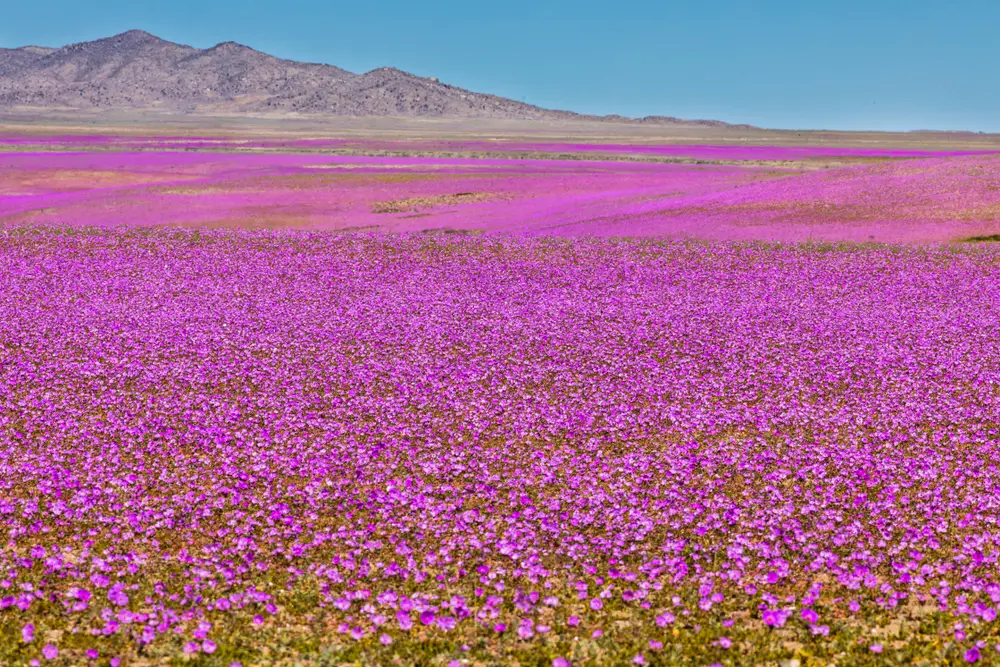
Sitting between the Andes mountains and the Pacific Ocean, the Atacama Desert in Chile is often considered the driest place on Earth. Despite this, it boasts a unique ecosystem that comes alive with rare blooms following the occasional rainfall, a phenomenon known as “desierto florido.” These bursts of color transform the barren landscape into a vibrant tapestry of life, rivaling even the most manicured urban parks. Here, creatures like the Atacama toad have adapted to thrive in conditions that would leave most urban dwellers parched.
A study in Science Advances highlights the importance of the Atacama’s microbial life in understanding life’s potential on other planets. Scientists study its extreme conditions to gain insights into how life might exist on Mars. This desert, seemingly lifeless at first glance, is a playground for researchers seeking to unravel the mysteries of life itself. It’s a reminder that even the most desolate places can be bustling with activity, much like the hidden corners of a city teeming with life.
4. The Mojave Desert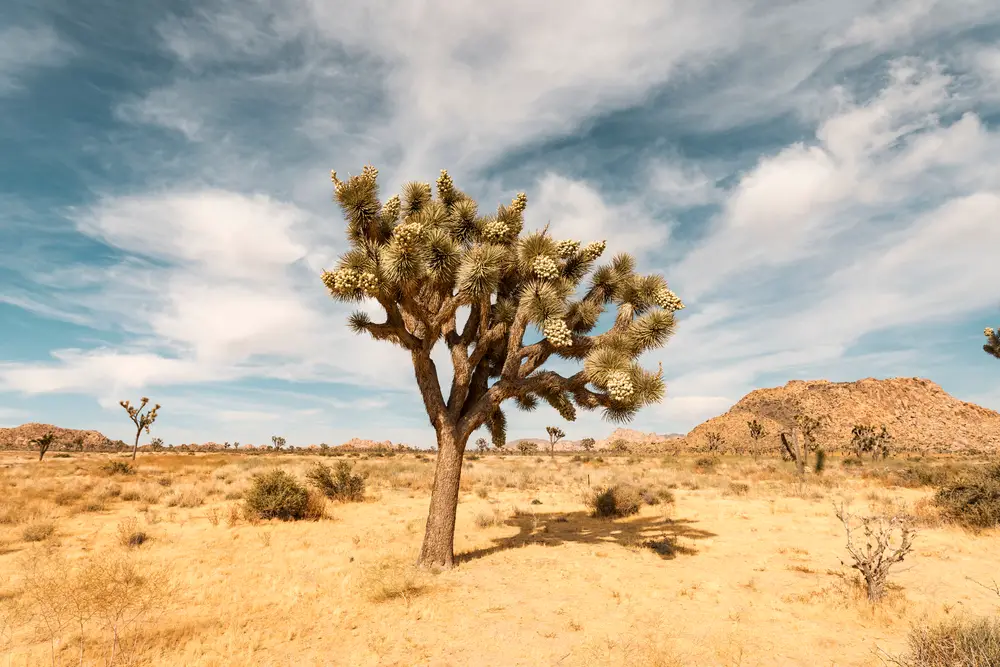 provided by Shutterstock
provided by Shutterstock
The Mojave Desert, sprawling across parts of California, Nevada, Utah, and Arizona, is more than just a backdrop for Hollywood’s wild west films. It’s a place where Joshua trees twist like arthritic old men under the blazing sun, providing shelter to creatures like the desert tortoise and kangaroo rat. The Mojave’s unique landscape supports a surprising diversity of life, from hardy shrubs to elusive mountain lions. Unlike cities where nature often feels constrained, here, the landscape dictates the rhythm of life.
Life in the Mojave is a testament to the power of adaptation. Plants have evolved to conserve water and withstand the desert’s temperature extremes, while animals have developed nocturnal habits to escape the heat. This desert’s ecosystem is a finely tuned machine, where every species plays a crucial role in maintaining balance. It’s a natural symphony that offers lessons in resilience and harmony, qualities that urban environments strive to emulate but seldom achieve.
5. The Kalahari Desert
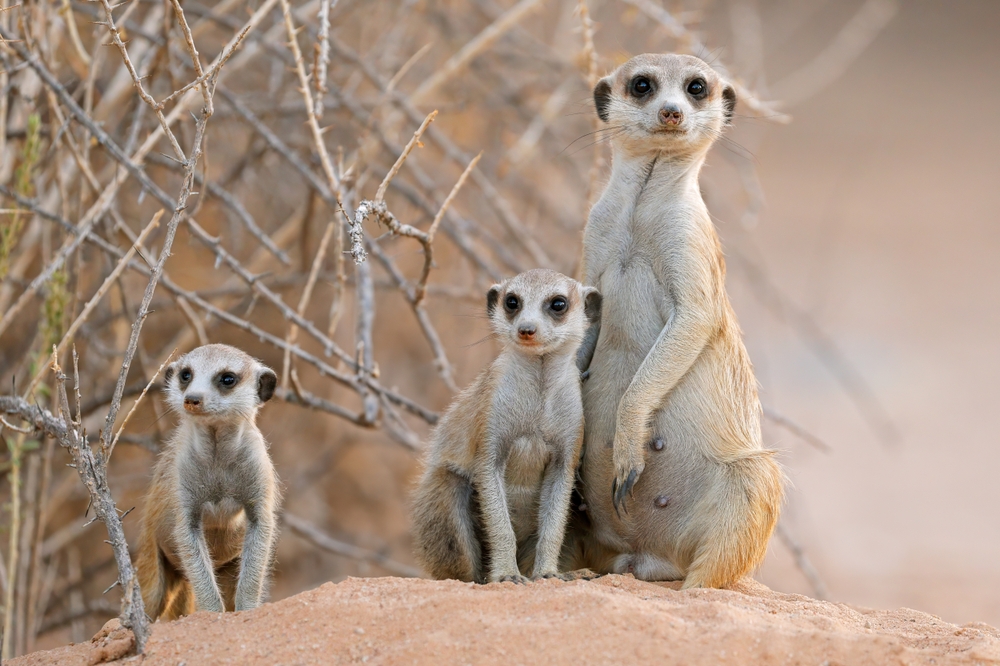
Spanning Botswana, Namibia, and South Africa, the Kalahari Desert is not just a sea of sand. It’s a living, breathing ecosystem where the red sands teem with life, from meerkats to the majestic Kalahari lions. This semi-arid desert defies expectations with its seasonal rains, which transform the landscape into a verdant haven that supports a surprisingly diverse array of wildlife. The desert’s life cycles are intricately linked to its climate, creating a dynamic environment teeming with energy and life.
According to research published in Ecology Letters, the Kalahari’s ecosystem plays a crucial role in carbon cycling and sequestration. This research highlights the desert’s importance in mitigating climate change by acting as a carbon sink, much like the green spaces in urban centers. The Kalahari serves as a reminder that even arid landscapes contribute significantly to global ecological processes. In this desert, as in the world’s metropolises, every element is interconnected, proving that vitality often thrives in unexpected places.
6. The Gobi Desert
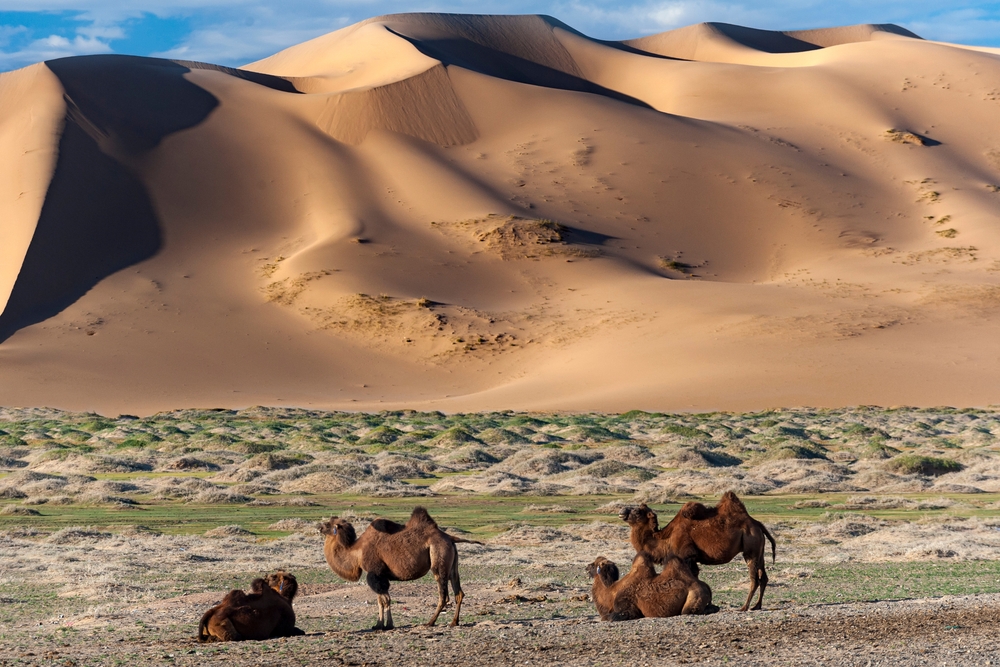
The Gobi Desert, spanning parts of northern China and southern Mongolia, is a place where extremes collide. It’s a harsh, windswept expanse where temperatures can plummet to Arctic levels in winter, only to soar in summer. Yet, amidst these extremes, the Gobi nurtures a unique array of life, from Bactrian camels to snow leopards. Unlike the predictable schedules of city life, the Gobi’s seasons dictate the rhythm of existence in this vast wilderness.
Life in the Gobi is a study in resilience and adaptability. Plants have deep roots to access water sources, while animals have evolved to endure the desert’s harsh conditions. This desert, much like a bustling city, is a complex network of interactions between species, each playing a vital role in the ecosystem’s balance. The Gobi stands as a testament to nature’s ingenuity, offering lessons in perseverance and adaptation that urban landscapes often aspire to emulate.
7. The Arabian Desert
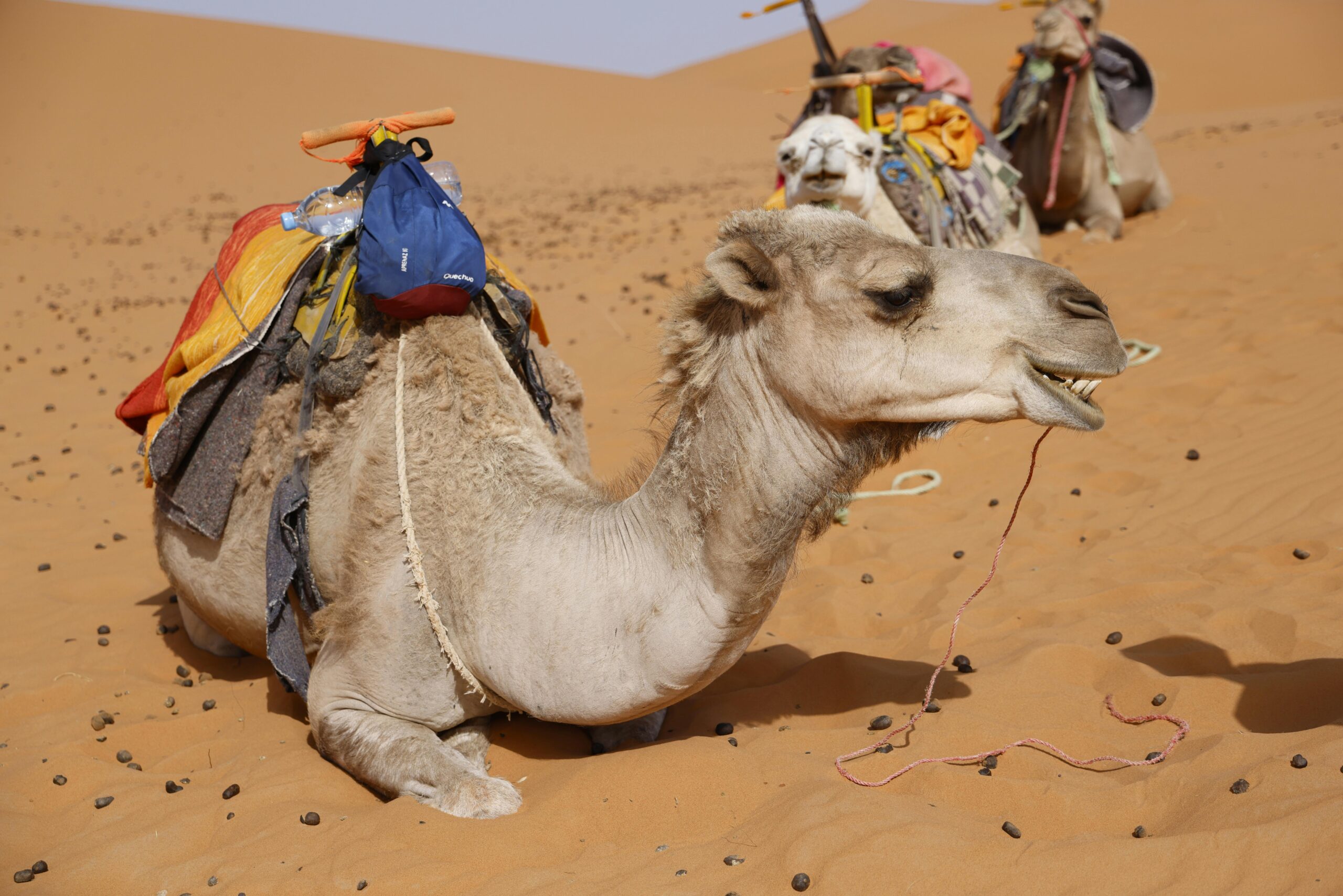
Spanning much of the Arabian Peninsula, the Arabian Desert is a place of extremes, where vast sand dunes stretch endlessly under a relentless sun. Yet, this seemingly inhospitable land is alive with a vibrancy that belies its harsh reputation. Bedouin tribes have long thrived here, living in harmony with the desert’s rhythms and nurturing a deep connection to the land. The desert supports a diversity of life, from the Arabian oryx to the resilient ghaf tree, each adapted to survive in this challenging environment.
A study in Global Ecology and Biogeography emphasizes the Arabian Desert’s role in global biodiversity and ecological resilience. Researchers found that the desert’s unique flora and fauna are crucial to understanding evolutionary processes in extreme environments. This desert is a natural library of adaptation strategies, offering insights that are valuable for conservation efforts worldwide. The Arabian Desert, like a city with hidden depths, surprises with its complexity and vitality.
8. The Thar Desert
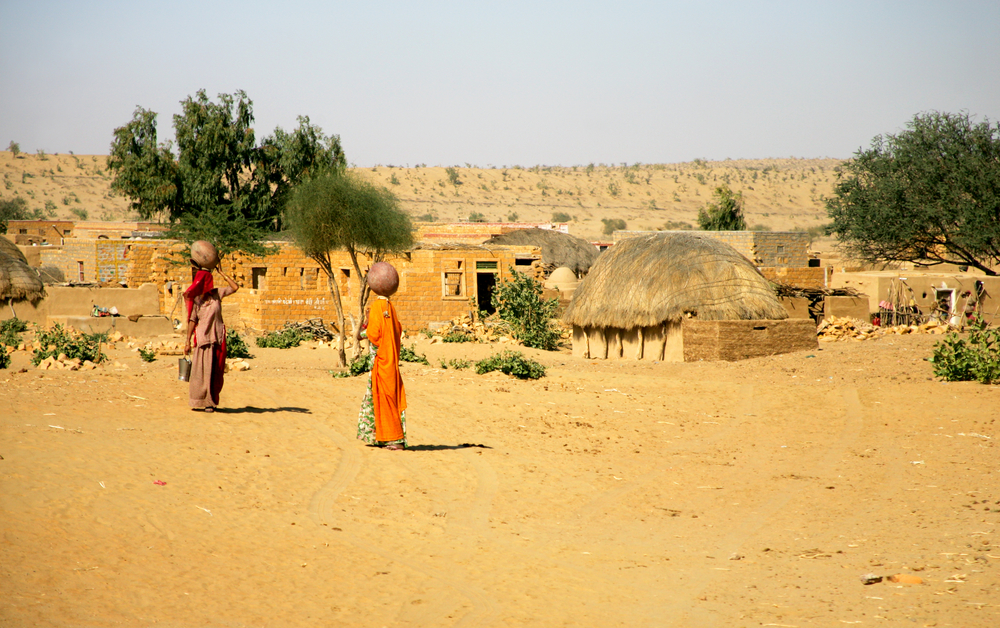
The Thar Desert, located in India and Pakistan, is a vibrant tapestry of life and culture. It’s a place where the sands echo with the sounds of folk music and the colorful dance of traditional festivals. Unlike the homogeneous skyline of many cities, the Thar is dotted with small villages and bustling markets, each a hub of human and ecological activity. The desert’s diverse ecosystem supports a range of species, from peacocks to blackbucks, thriving despite the harsh conditions.
Life in the Thar is a lesson in coexistence and sustainability. The desert’s inhabitants have adapted to the environment, practicing sustainable agriculture and water conservation techniques that have been passed down through generations. This harmonious relationship with nature is something that urban environments often struggle to achieve. In the Thar, life is a vibrant dance that celebrates the richness and resilience of both nature and culture.
9. The Great Victoria Desert
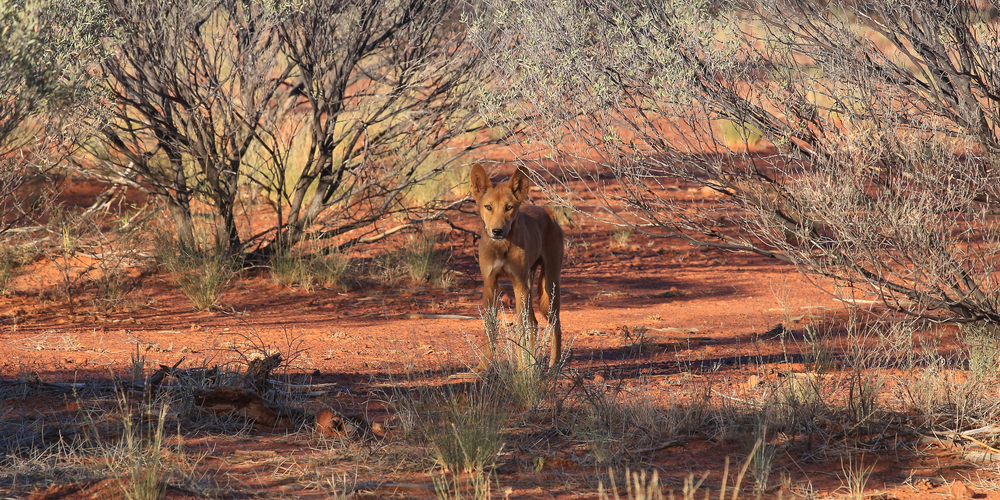
Australia’s Great Victoria Desert is a sprawling expanse of red sands and spinifex grass that seems to stretch into eternity. It’s a place where the land is alive with songlines, the ancient paths of the Aboriginal people that weave stories and knowledge across the landscape. The desert’s ecosystem teems with life, from kangaroos to thorny devils, each uniquely adapted to the environment. Here, survival is a delicate dance with nature, a balance that is sometimes missing in city life.
In the Great Victoria Desert, adaptation is the key to survival. Plants have evolved to thrive in nutrient-poor soils, while animals have developed strategies to cope with the harsh climate. The desert’s biodiversity is a testament to nature’s inventiveness, offering inspiration for urban planners seeking sustainable solutions. In this vast wilderness, life unfolds in ways that challenge our understanding of resilience and creativity.
10. The Chihuahuan Desert
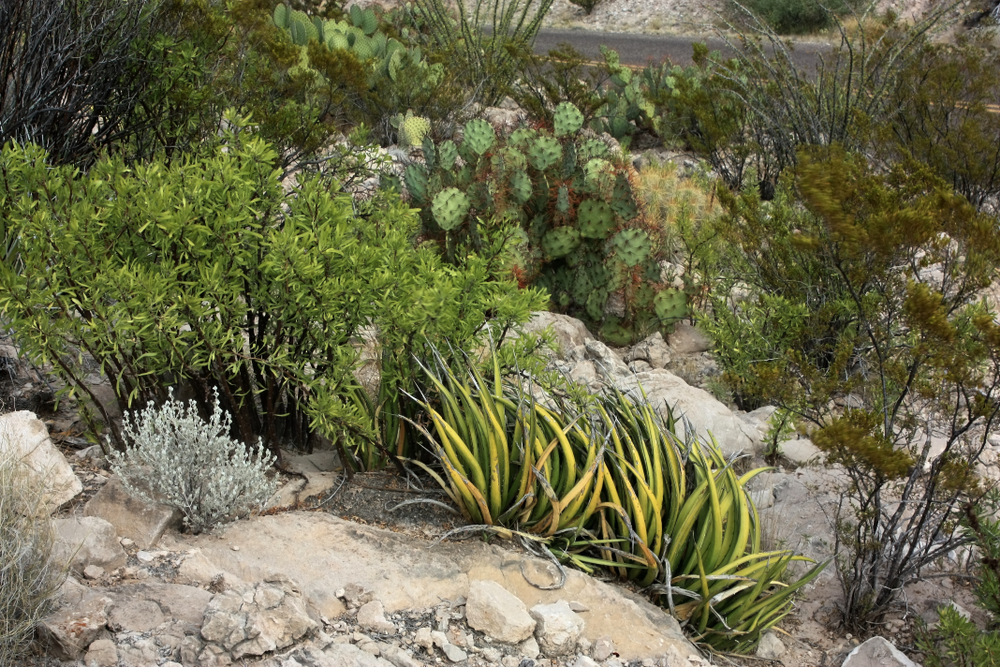
The Chihuahuan Desert, straddling the U.S.-Mexico border, is a land of contrasts. Its landscape is a mosaic of mountains, plateaus, and plains, home to a rich diversity of life often overshadowed by its more famous neighbors. Unlike the concrete jungle, this desert pulses with the rhythm of nature, each element playing a part in the ecosystem’s delicate balance. The desert supports a range of species, from Mexican wolves to yucca plants, each uniquely adapted to the environment.
Life in the Chihuahuan Desert is a story of adaptation and survival. Plants have evolved to store water and withstand the harsh conditions, while animals have developed nocturnal habits to escape the heat. This desert’s biodiversity is a reminder that life often finds a way, even in the most challenging conditions. In the Chihuahuan Desert, as in urban environments, balance and resilience are key to thriving amidst adversity.
11. The Patagonian Desert
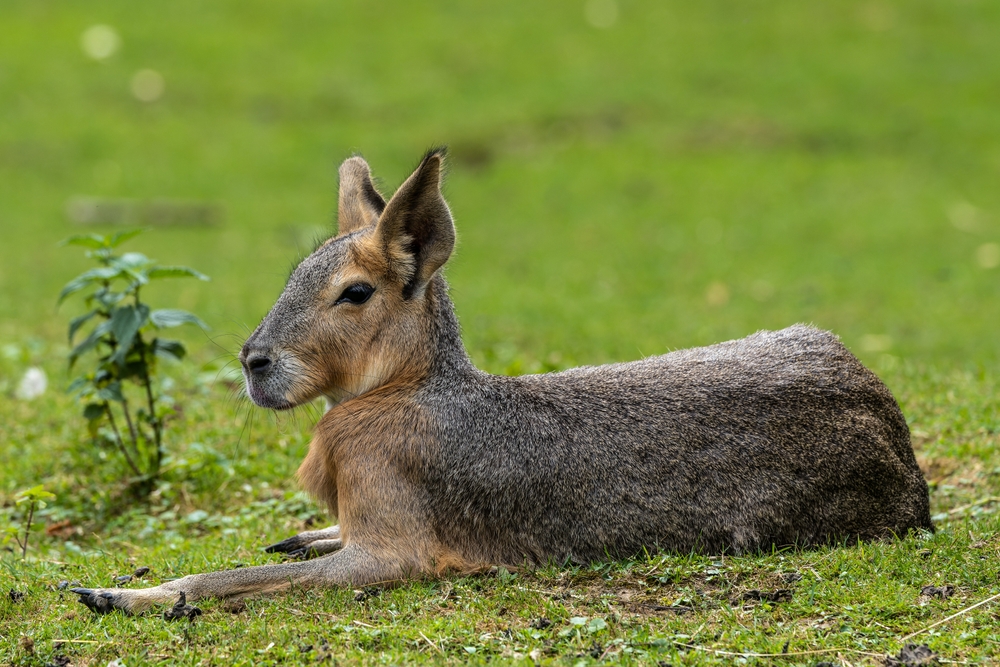
The Patagonian Desert, located in Argentina, is a place where the land meets the sky in an endless expanse of arid beauty. It’s a stark, windswept landscape that feels like the edge of the world. Yet, amidst the desolation, life flourishes in unexpected ways. The desert is home to a range of species, from guanacos to armadillos, each uniquely adapted to the harsh conditions.
In the Patagonian Desert, life is a testament to nature’s resilience. Plants and animals have evolved strategies to cope with the extreme climate, thriving in a place where survival is a constant challenge. This desert’s biodiversity offers insights into adaptation and sustainability, lessons that cities often strive to learn. In Patagonia, life unfolds in ways that defy expectations, a reminder that vitality often blooms in the most unlikely of places.
12. The Simpson Desert
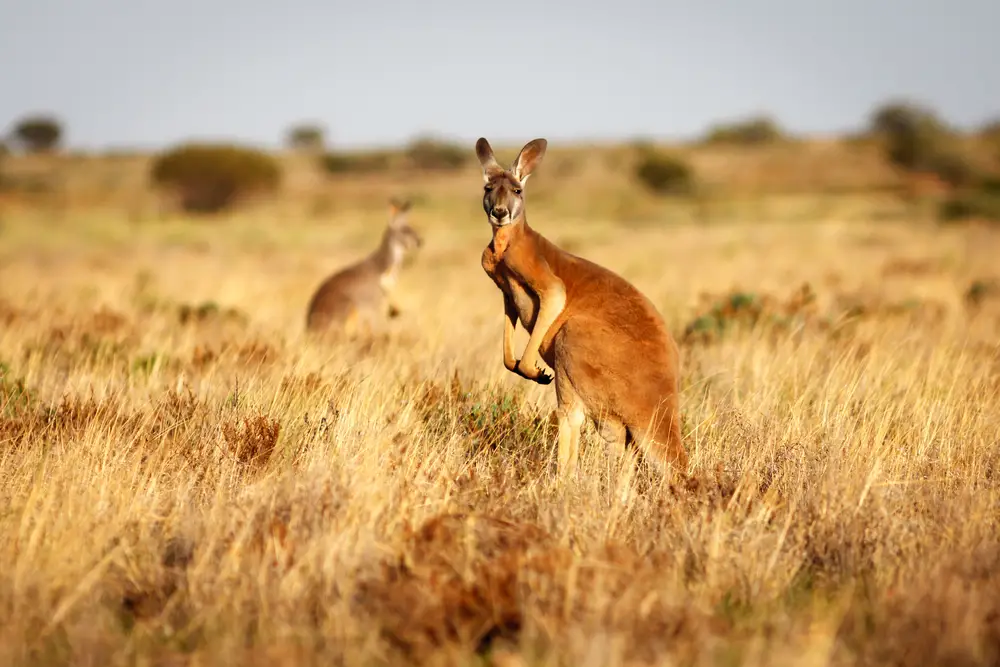
Australia’s Simpson Desert is a vast, red-sand expanse that stretches across the heart of the continent. It’s a place where the horizon seems infinite, and the landscape is a canvas of stark beauty. Yet, beneath the arid surface, life thrives in surprising abundance. The desert supports a range of species, from dingoes to bilbies, each uniquely adapted to survive in this harsh environment.
The Simpson Desert is a testament to the resilience and adaptability of life. Plants have evolved to store water and withstand the extreme conditions, while animals have developed strategies to cope with the heat. This desert’s ecosystem is a reminder that even in the most challenging conditions, life finds a way to flourish. In the Simpson Desert, as in urban environments, balance and resilience are key to thriving amidst adversity.
